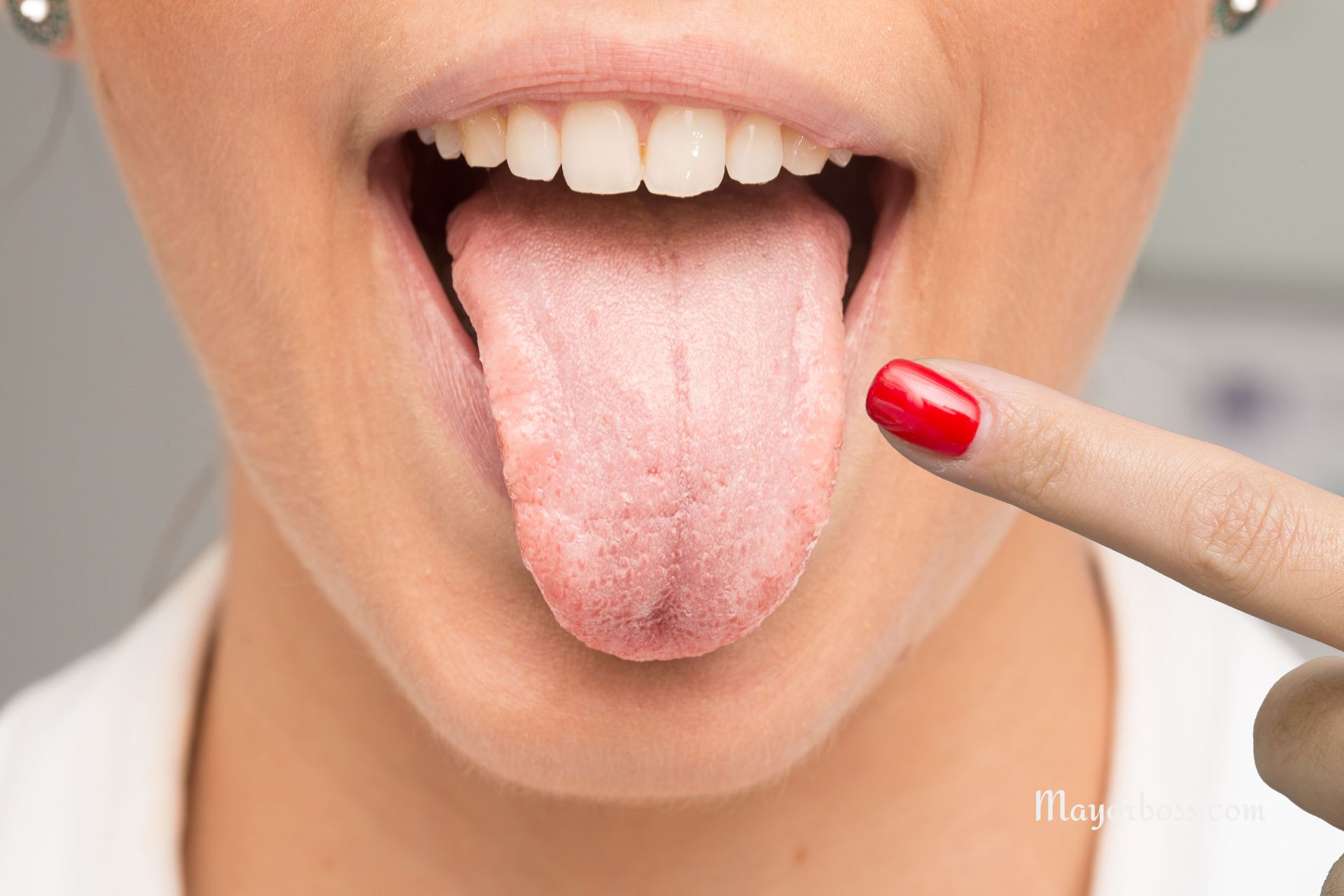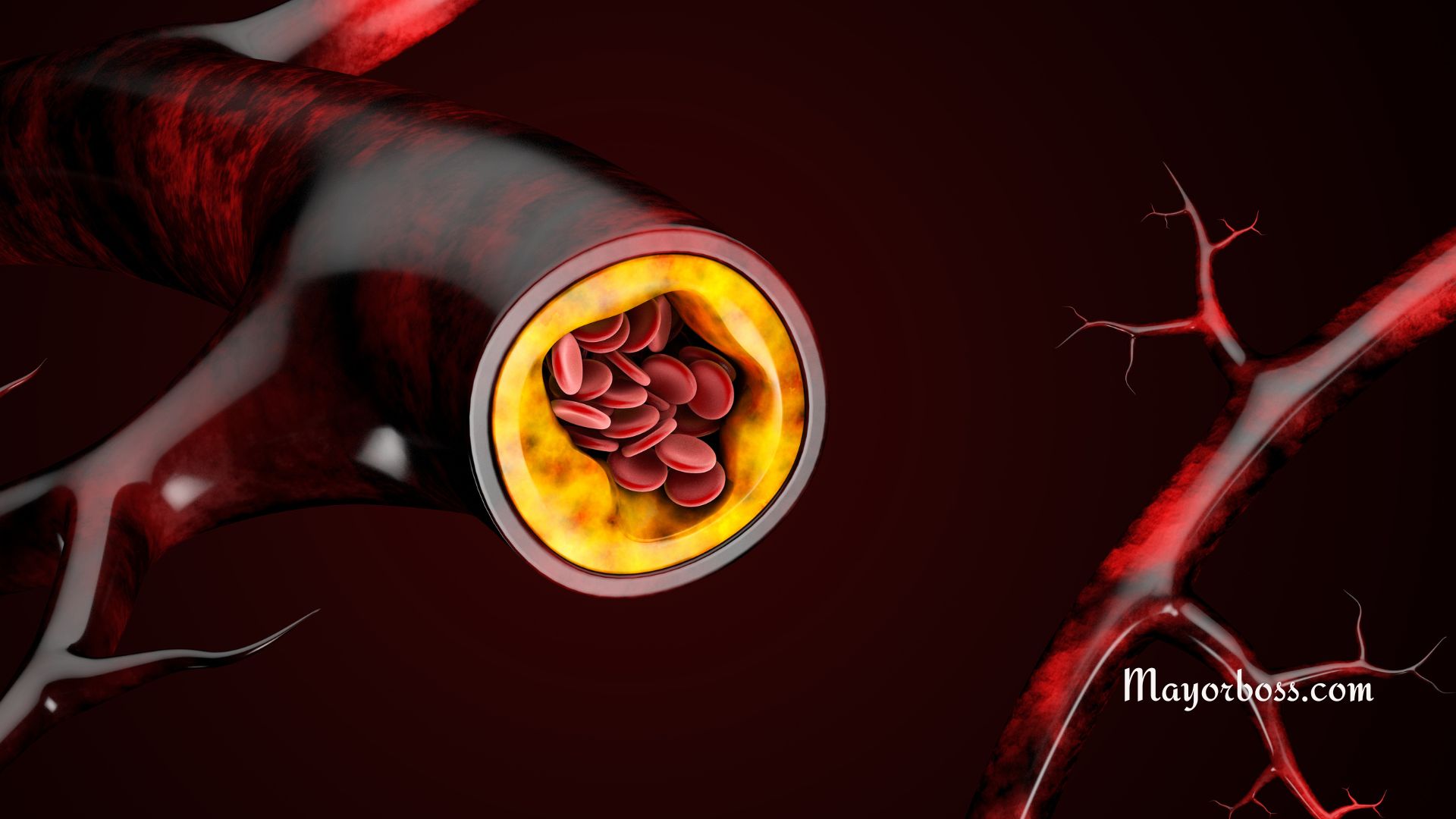What Does Your Tongue Says About Your Health
The tongue can tell us many things about our overall health. In traditional medicine, the tongue is seen as a window into the body. Medical professionals can sometimes detect early signs of disease by examining its color, texture, and shape. This article explains how changes in the tongue may signal health issues and when you should seek professional advice.

Understanding Tongue Anatomy
The tongue is a muscular organ in the mouth. It plays a role in speaking and swallowing. It also has taste buds that help us enjoy food. The tongue’s surface is covered by tiny bumps called papillae. These bumps hold taste cells and protect the tongue. A healthy tongue is usually pink with a thin white coating. Changes in these features can signal issues with your health.
The Role of a Tongue Exam
A tongue exam is a simple and noninvasive tool that many doctors use during a physical checkup. The exam can provide clues about nutritional deficiencies, dehydration, and even infections. When doctors examine the tongue, they look for differences in color, texture, and shape. They also note any unusual markings, sores, or coatings. These observations help doctors decide if further tests are needed.
What a Normal Tongue Looks Like
A healthy tongue is generally pink. The color may vary slightly depending on your age and overall health. A thin white coating is normal for some people. This coating may appear in the morning and fade after you brush your tongue or rinse your mouth. The tongue should feel smooth with visible small bumps. Any significant change from this norm may require further evaluation.
Changes in Color
White Coating
A thick white coating on the tongue may indicate a buildup of bacteria or yeast. This buildup can occur when the mouth is dry. Poor oral hygiene or dehydration may also cause a white coating. In some cases, a persistent white coating may signal an infection. It is important to maintain good oral care and consult a healthcare professional if the coating does not improve.
Red or Bright Red Areas
A red tongue may signal inflammation. A condition called glossitis causes the tongue to become red and swollen. Glossitis can result from a vitamin deficiency, such as a lack of vitamin B12 or folate. It may also appear after an infection or an allergic reaction. If you notice red patches or persistent redness, see your doctor. Early treatment can help prevent complications.
Black or Dark Spots
Dark spots on the tongue can be concerning. They may result from certain medications, tobacco use, or the natural accumulation of pigment. However, black hairy tongue is a benign condition. It occurs when the small bumps on the tongue do not shed as they should. Poor oral hygiene and antibiotic use can contribute to this condition. If you see dark spots or a change in texture, get a professional evaluation to rule out other causes.
Changes in Texture and Shape
Swollen Tongue
A swollen tongue, or macroglossia, may be a sign of an underlying condition. Allergic reactions, infections, or thyroid issues can cause the tongue to swell. A swollen tongue may make eating and speaking difficult. If you experience these symptoms along with breathing problems, seek immediate medical care.
Cracks and Fissures
Deep cracks or fissures in the tongue can be normal as you age. However, if you notice new cracks that cause pain or discomfort, it may signal a nutritional deficiency or a dehydration problem. Chronic irritation or infection may also lead to fissuring. Maintaining proper hydration and nutrition can help manage these symptoms.
When to Seek Medical Advice
Changes in the appearance of your tongue are not always a cause for alarm. Many factors, such as dehydration or a minor infection, can cause temporary changes. However, persistent changes in color, texture, or shape should be evaluated by a medical professional. If you have any of the following signs, consider scheduling an appointment with your doctor:
- A thick or persistent white coating
- Unexplained redness or bright red patches
- Persistent swelling or pain in the tongue
- Dark spots or unusual texture changes
- Cracks that worsen over time
Maintaining Tongue and Overall Oral Health
Good oral hygiene is essential for keeping your tongue healthy. Brush your tongue gently with a soft toothbrush when you brush your teeth. Rinse your mouth with an antiseptic mouthwash to reduce bacteria. Staying well-hydrated also helps maintain a healthy tongue. Regular dental checkups can help detect changes early. A balanced diet rich in vitamins and minerals supports overall oral and systemic health.






